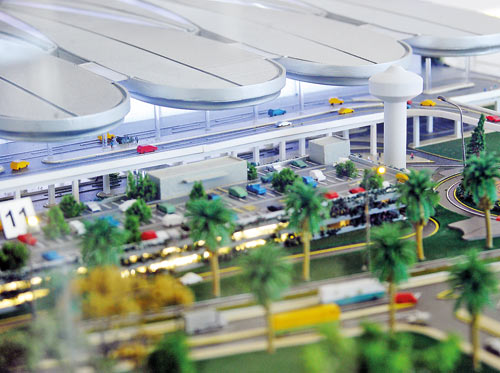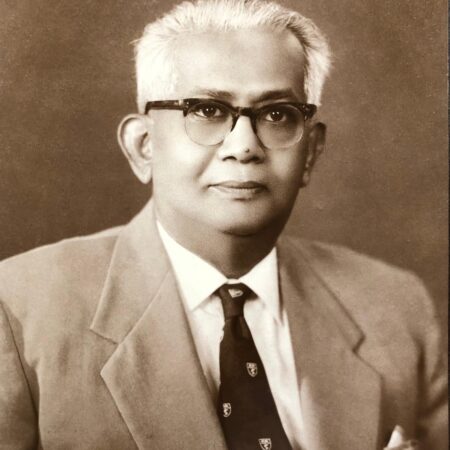By Sunimalee Dias
KATUNAYAKE -Sri Lanka’s main international airport at Katunayake, the Bandaranaike International Airport (BIA), will commence work on its second phase with a new lotus roof atop the new terminal and increasing total capacity upto 15 million passengers that is set to break ground by November. The stage II operations would ensure that capacity be increased by an additional nine million passengers as currently the old terminal is handling upto 8.2 million (last year) for a building that is constructed for only six million passengers. This year the figure is expected to reach nine million passengers, Airport and Aviatios Services Ltd. Executive Director Johanne Jayaratne said in an interview with the Business Times at the airport.
Stage II is funded by the Japan International Corporation Agency (JICA) with a loan of Japanese Yen 74 billion, he said adding that the staff at the BIA would also expand by about 40 per cent from its current workforce of 3900. The control tower staff of 80 would increase by a further 30 per cent, he noted. He noted that the new terminal building, for which work would commence around the end of October or during the early part of November, is expected to have a complete segregation of the departures and arrivals with the former on the ground level and latter on the second level. A mezzanine floor between these two levels would be the duty free shopping area. The ground level would also create space for a rail service to be operated from Maradana to the BIA with an airport express service, Mr. Jayaratna said.
Another interesting feature at the new terminal would be that walk-in to ticket counters would be allowed as in most other international airports, it was noted. In addition, a car park facility would be opened in proximity to the Board of Investment (BOI) where there is currently a small one that would be increased to four car parks.
Under the stage II plan a multi storey car park interconnected with the terminal and the other parks would be established. The new terminal would have two additional piers to be set up where the public viewing gallery building was located previously. In this respect, Mr. Jayaratne explained there would be 16 additional aerobridges with eight per pier and five bus gates per pier.
Under Phase II with the runway overlay there would be a rapid exit taxiway at 45 degrees that would allow for a shorter period for landing.
Currently only 25 movements per hour could be carried out on the runway and this would increase to 36 movements per hour with the runway overlay work which is to be carried out next year. Moreover, with the new terminal under Stage II about 45 movements per hour could be carried out allowing a capacity of 5000 passengers on average.
Other developments scheduled to take place would be an improvement on the walk-ways with a garden restaurant and refurbishment of the outlook from the arrivals section leaving the airport at the present terminal. While a transit hotel would be established as part of the second stage of the airport expansion plans, it is likely to be handled by a top hotel brand. The existing transit hotel at the present terminal is run by SriLankan Catering.
The transit hotel named “Serenediva,” Duty Manager at the BIA Prasanna De Mel told the Business Times, commenced operations in 2010 with a capacity of 24 rooms in two categories: standard at US$50 for six hours and Deluxe at $55 for six hours. The rates could change with the double or triple room requests. He noted that they do get a high demand for the rooms that are operated on six hour blocks with peak hours being night time when it is “almost always full.”
Mr. De Mel observed this was provided more as a service as opposed to being a business venture adding that they also can provide conference facilities as well with a lounge attached to it. Moreover, as part of commencing operations for stage II the BIA has called for tenders for the construction of the remote apron and taxiways that would take a period of two and a half years.











![TV-Poster-All-Exhibition-Sri-Lanka-in-Focus-USA-2025[1]](https://www.srilankafoundation.org/wp-content/uploads/2025/04/TV-Poster-All-Exhibition-Sri-Lanka-in-Focus-USA-20251-450x450.jpg)










